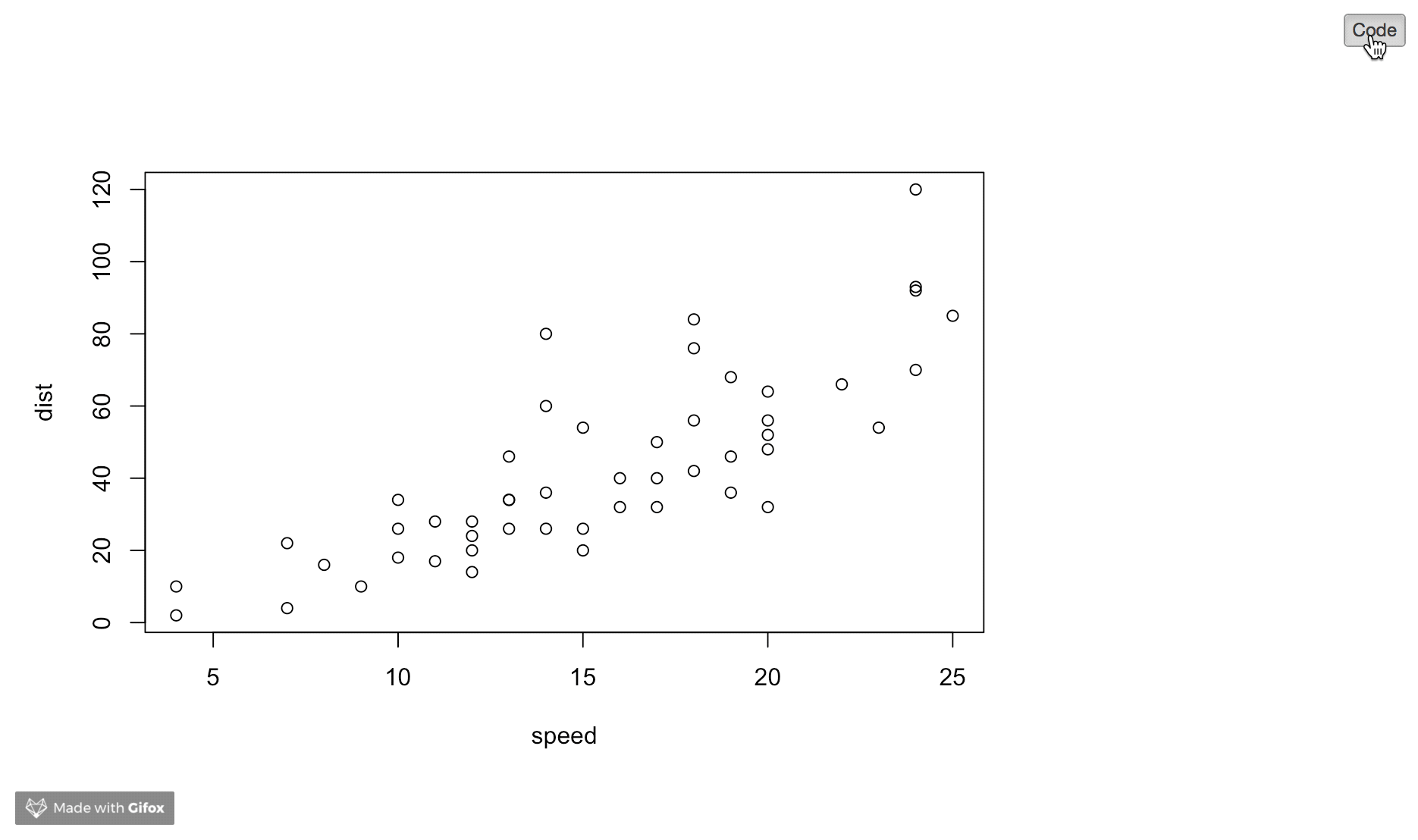
After the first set of backticks, include, which alerts knitr that you have included a chunk of R code.
RMARKDOWN SUPPRESS OUTPUT CODE
* item 3To embed a chunk of R code into your report, surround the code with two lines that each contain three backticks. For example: Of course, you can use any other. We can use an empty string if we want to remove the hashes. We can alter this behavior through the comment chunk option, which defaults to a character string ''. If you don't see the mark solution button, try clicking the. Click the one that looks like a box with a checkmark in it: image Hovering over the mark solution button shows the label, 'Select if this reply solves the problem'. Leave a blank line before the first bullet, like this This is a list By default, R code output will have two hashes inserted in front of the text output. Find the reply you want to mark as the solution and look for the row of small gray icons at the bottom of that reply. * (* (* (- Group lines into bullet points that begin with asterisks. These websites all rely on markdown formatting In fact, you may have already used markdown *without realizing it*. It resembles what you naturally write every time you compose an email. Markdown is an **easy to use** format for writing reports. The file below uses several of the most useful markdown conventions. Here are some of the essential R Markdown shortcuts: Insert a new code chuck with Command + Option + I on a Mac, or Ctrl + Alt + I on Linux and Windows.

rmarkdown comes installed with the RStudio IDE, but you can acquire your own copy of rmarkdown from CRAN with the command install.packages("rmarkdown")The conventions of markdown are very unobtrusive, which make Markdown files easy to read. Note that the `echo = FALSE` parameter was added to the code chunk to prevent printing of the R code that generated the plot.R Markdown files are designed to be used with the rmarkdown package. library(rmarkdown) render ('1-example.Rmd', outputformat 'worddocument') If you do not select a format, R Markdown renders the file to its default format, which you can set in the output field of a. You can try it out here on RStudio Cloud. For example, the code below renders 1-example.Rmd to a Microsoft Word document. Rmd file into any of R Markdown’s supported formats. When you click the **Knit** button a document will be generated that includes both content as well as the output of any embedded R code chunks within the document. If you want to practice on fixing broken rmarkdown documents, check out some pathologically broken examples on github at njtierney/rmd-errors. Set the outputformat argument of render to render your.

For more details on using R Markdown see. Markdown is a simple formatting syntax for authoring HTML, PDF, and MS Word documents. An R Markdown document is written in markdown (an easy-to-write plain text format) and contains chunks of embedded R code, like the document below.

R Markdown is a file format for making dynamic documents with R.


 0 kommentar(er)
0 kommentar(er)
